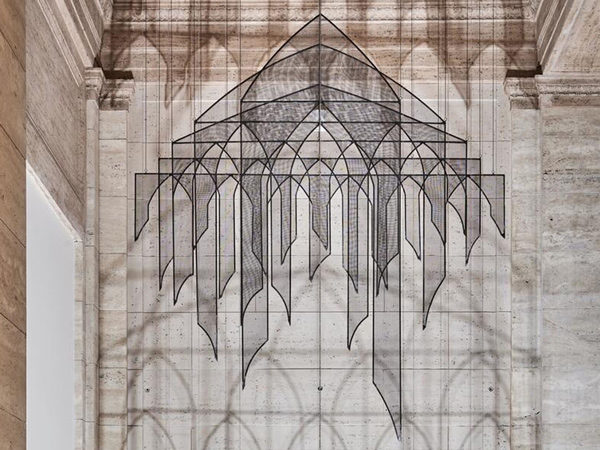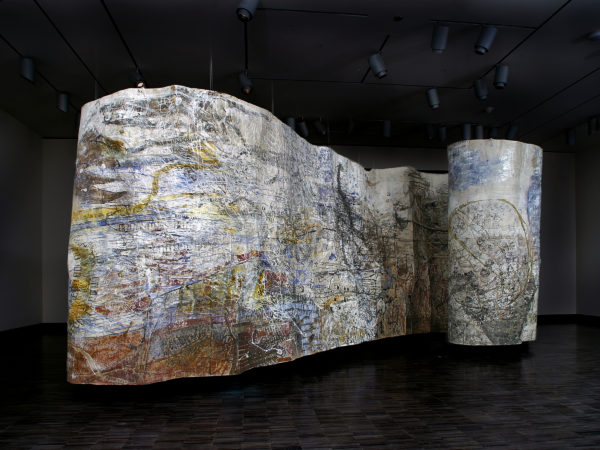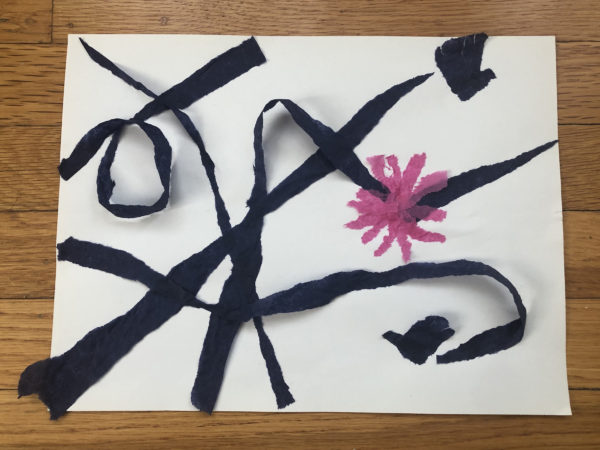Activity
Lamp. China; Tang dynasty (618–906). Glazed earthenware.

Lamp. China; Tang dynasty (618–906). Glazed earthenware. The Avery Brundage Collection, B60P535.
What is this object?
Sancai (three-colored) decoration was not limited to figures, but was also used on plates, bottles, bowls and other wares made for the tomb. The piece with the lobed edges is a dish. The long tall object is a lamp. The piece with a handle is a ewer or pouring vessel.
How was it made?
This object was made of low-fired earthenware that resulted in a fairly light body, providing an excellent ground for the three-color decoration. The decoration on this object is more controlled and manipulated than the expressive colors that run down the figures of the camel and the wine merchant.
What is unique about this piece?
This tall necked lamp is unusual in its elegant proportions and decoration. A small tray area is set beneath the bowl section at the top for holding the lamp. There is a gradual flare in proportions toward the bottom of the lamp, providing a secure base. Glaze colors have been controlled through ribbing up and down the neck, with only small amounts of running glaze visible near the bottom of the lamp. The glaze pools around circular areas on the base, suggesting the use of a resist material. The patterned appearance of the lamp may be related to designs found on silk textiles of the time.
Metal objects do not often appear in Western collections of Tang (618–906) Chinese art but they were very popular at that time. Caches of buried treasure such as the Hejia village hoard found in the western market section of the old capital Chang’an in 1970 reveal a high concentration of metal objects, including 38 gold items and 216 silver items, mostly bowls, plates, and cups. Lead-glazed ceramics for the tomb often copied these more expensive metal wares used by the living. The lead-glazed ceramics were more economical as tomb provisions, but they could not be used in daily life, since lead was poisonous. Metal objects of gold and silver, by contrast, were believed to confer health benefits on those who used them.







